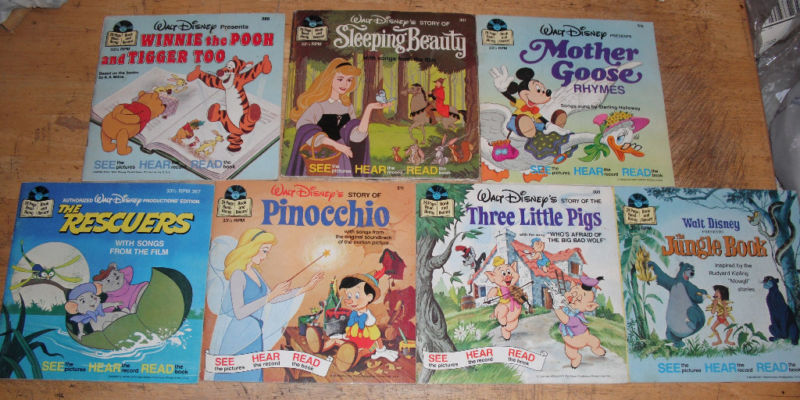Tape Reading 101 Course Tiger
Fluency: Instructional Guidelines and Student Activities By: Texas Education Agency The best strategy for developing reading fluency is to provide your students with many opportunities to read the same passage orally several times. To do this, you should first know what to have your students read. Second, you should know how to have your students read aloud repeatedly. Guidelines for instruction • Provide children with opportunities to read and reread a range of stories and informational texts by reading on their own, partner reading, or choral reading. • Introduce new or difficult words to children, and provide practice reading these words before they read on their own. • Include opportunities for children to hear a range of texts read fluently and with expression.
• Suggest ideas for building home-school connections that encourage families to become involved actively in children's reading development. • Encourage periodic timing of children's oral reading and recording of information about individual children's reading rate and accuracy. • Model fluent reading, then have students reread the text on their own. What students should read Fluency develops as a result of many opportunities to practice reading with a high degree of success. Therefore, your students should practice rereading aloud texts that are reasonably easy for them that is, texts containing mostly words that they know or can decode easily. In other words, the texts should be at the students' independent reading level.


Reading 101 For English Language Learners
Tale of the Tape: How Tiger Woods, Phil Mickelson stack up ahead of $9 million match. 2018 • 2 min read Tiger. I'd sooner bet against Barack Obama in a political race than I would bet. Ryder Cup 101: A guide to this week's matches. This year's Ryder Cup is being played Sept. 28-30 on the Albatros Course at Le Golf National in Guyancourt, a suburb of Paris.
A text is at students' independent reading level if they can read it with about 95% accuracy. If the text is more difficult, students will focus on word recognition and will not have an opportunity to develop fluency. The text your students practice rereading orally should also be relatively short probably 50-200 words, depending on the age of the students.
Tape Reading 101 Course Tigers
You should also use a variety of reading materials, including stories, nonfiction, and poetry. Poetry is especially well suited to fluency practice because poems for children are often short and they contain rhythm, rhyme, and meaning, making practice easy, fun, and rewarding. Model fluent reading By listening to good models of fluent reading, students learn how a reader's voice can help written text make sense. Read aloud daily to your students. By reading effortlessly and with expression, you are modeling for your students how a fluent reader sounds during reading. Repeated reading After you model how to read the text, you must have the students reread it. By doing this, the students are engaging in repeated reading.
Usually, having students read a text four times is sufficient to improve fluency. Remember, however, that instructional time is limited, and it is the actual time that students are actively engaged in reading that produces reading gains.
Have other adults read aloud to students. Encourage parents or other family members to read aloud to their children at home.  The more models of fluent reading the children hear, the better. Of course, hearing a model of fluent reading is not the only benefit of reading aloud to children.
The more models of fluent reading the children hear, the better. Of course, hearing a model of fluent reading is not the only benefit of reading aloud to children.